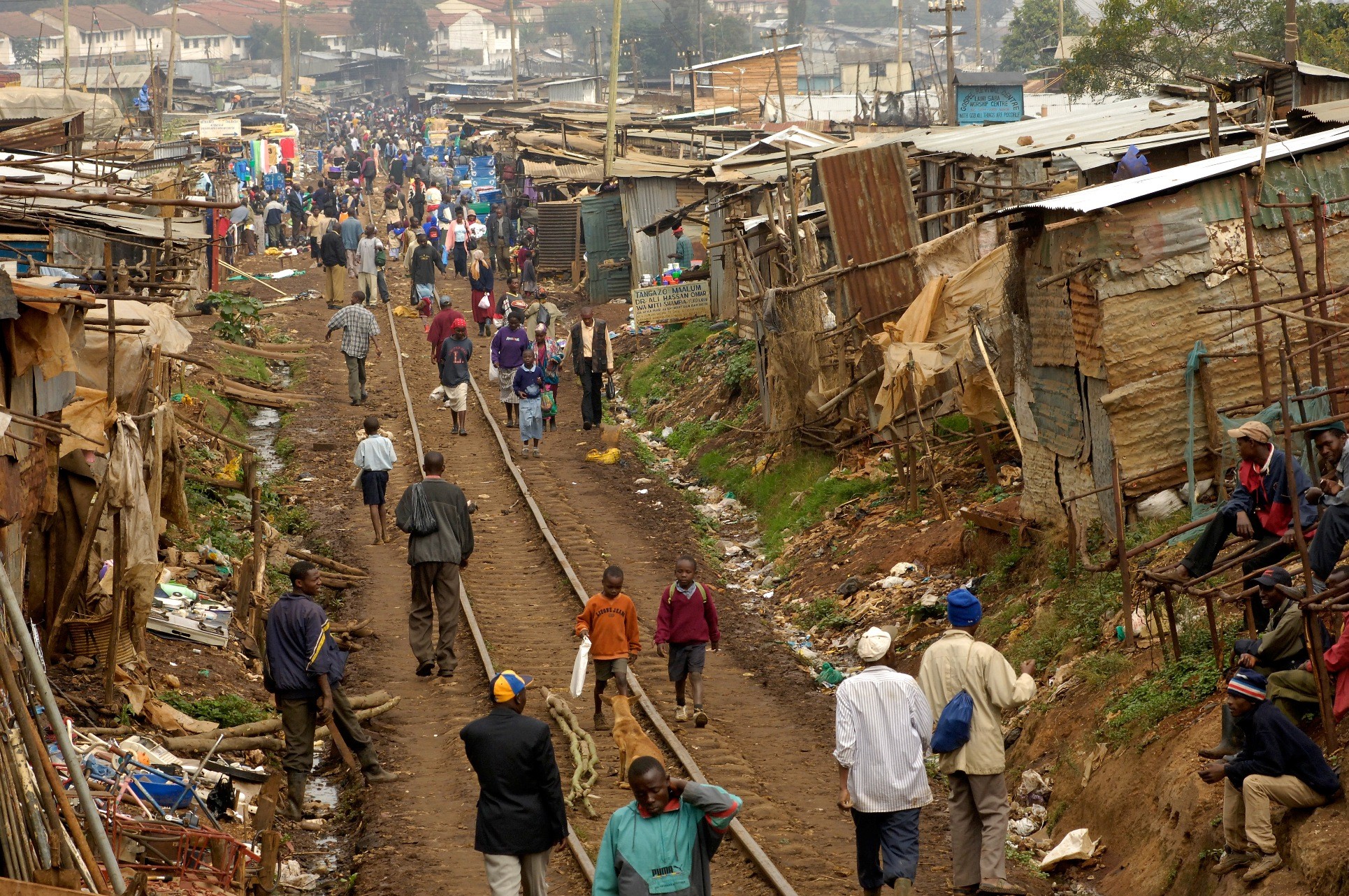The Earth’s icy regions, from the Arctic to Antarctica and glaciers worldwide, are vital to maintaining the planet’s delicate climate balance.
These frozen expanses reflect sunlight, regulate temperatures, and store immense amounts of freshwater.
However, as human activities continue to accelerate global warming, these icy fortresses are melting at an unprecedented rate.
The consequences of such melting, especially if all the ice were to disappear, would be catastrophic.
This grim scenario would transform Earth’s geography, ecosystems, and human society.
Here’s a closer look at what would happen if all the ice on our planet melted.
The Current State of Melting Ice
Since 1880, Earth’s average temperature has risen by 1.1°C, and this warming trend is unmistakable.
Sixteen of the seventeen hottest years ever recorded have occurred since 2001, with temperatures continuing to rise.
NASA estimates that there is a 95% probability that this warming is the result of human activity, particularly the burning of fossil fuels.
As temperatures increase, the ice around the globe is melting, contributing significantly to rising sea levels.
During the 19th century, global sea levels rose by about 6 centimeters.
However, the 20th century saw sea levels rise by 19 centimeters, over three times faster than the previous century.
Projections by NOAA suggest that, if this trend continues, sea levels could rise by up to 2.5 meters by the year 2100.
Such a rise would be devastating, submerging low-lying regions and displacing millions of people.
But what if we imagine an even worse scenario—where all the ice on Earth melts entirely?
The consequences of such a cataclysmic event would be unimaginable.

A World Transformed: Geographic Impacts
If all the ice on Earth melted, global sea levels would rise by an astounding 68.3 meters.
This dramatic increase would submerge vast regions of the planet, redrawing the map of Earth forever.
North America
Major coastal cities like Vancouver, Seattle, Los Angeles, and San Diego would disappear beneath the ocean.
San Francisco would transform into an island, while Sacramento would be swallowed by the expanded San Francisco Bay.
The Gulf of California would stretch northward, turning inland cities like Palm Springs into coastal ones.
On the Atlantic coast, cities like Houston, New Orleans, Philadelphia, New York, and Boston would be lost.
The entire state of Florida and Delaware would vanish underwater.
South America
In South America, massive new inland seas would emerge, permanently altering the continent’s landscape.
Cities like Buenos Aires, Montevideo, and Rio de Janeiro would be submerged.
Large portions of the Amazon Basin would transform into a vast, flooded region.
Europe
Europe would be one of the hardest-hit continents.
The entire country of the Netherlands and much of Denmark and Belgium would be underwater.
The British Isles would shrink into scattered archipelagos, and cities like London and Berlin would vanish beneath the waves.
Venice, already struggling with rising waters, would be fully claimed by the Adriatic Sea.
Asia
Asia, home to some of the world’s largest coastal populations, would face immense devastation.
Cities like Shanghai, Beijing, Tokyo, and Mumbai would be submerged, displacing hundreds of millions of people.
The entire country of Bangladesh would disappear, and parts of India and Pakistan would be lost to the ocean.
Africa
Africa would fare slightly better geographically but still suffer severe impacts.
In Egypt, cities like Cairo and Alexandria would be submerged, altering the Nile Delta permanently.
Low-lying regions along the coasts would experience devastating flooding.
Australia
Australia’s arid interior would become home to a new inland sea, drastically reshaping the continent’s geography.
Coastal cities like Sydney and Melbourne would also face significant flooding.
Antarctica
Antarctica, currently a frozen expanse, would transform into a habitable archipelago.
With its ice gone, the continent would potentially be colonizable, opening a new chapter in human history.
The Human and Ecological Cost
The complete melting of Earth’s ice would have catastrophic consequences for humanity and the environment.
Mass Displacement
Over 2 billion people, roughly 18% of the global population, could become climate refugees by 2100.
Entire countries like the Maldives, Tuvalu, and Kiribati would disappear, forcing their populations to relocate.
This would lead to immense social, economic, and political challenges as nations struggle to accommodate displaced populations.
Ecosystem Collapse
Many coastal ecosystems, including mangroves and coral reefs, would be destroyed by rising seas.
Habitats for countless species would be lost, leading to mass extinctions and biodiversity loss.
Economic Devastation
Coastal infrastructure, worth trillions of dollars, would be submerged, resulting in massive economic losses.
The costs of relocating cities, rebuilding infrastructure, and managing displaced populations would strain global economies.
Food and Water Crisis
Saltwater intrusion into freshwater sources and farmlands would reduce global food production.
Many regions would struggle to access clean drinking water, exacerbating existing humanitarian crises.
Can This Nightmare Be Prevented?
Preventing such a catastrophic future requires immediate, collective action on a global scale.
Transition to Renewable Energy
Investments in renewable energy, like solar, wind, and hydropower, are crucial to reducing carbon emissions.
Countries like those in the European Union have already doubled renewable energy production in recent decades.
Global Cooperation
International agreements like the Paris Climate Accord, signed by 195 countries, are essential for combating climate change.
These agreements focus on reducing greenhouse gas emissions and transitioning to sustainable energy sources.
Individual Actions
Individuals can contribute by reducing their carbon footprints, supporting green initiatives, and spreading awareness.
Small changes, like using energy-efficient appliances and supporting renewable energy projects, can collectively make a big difference.



